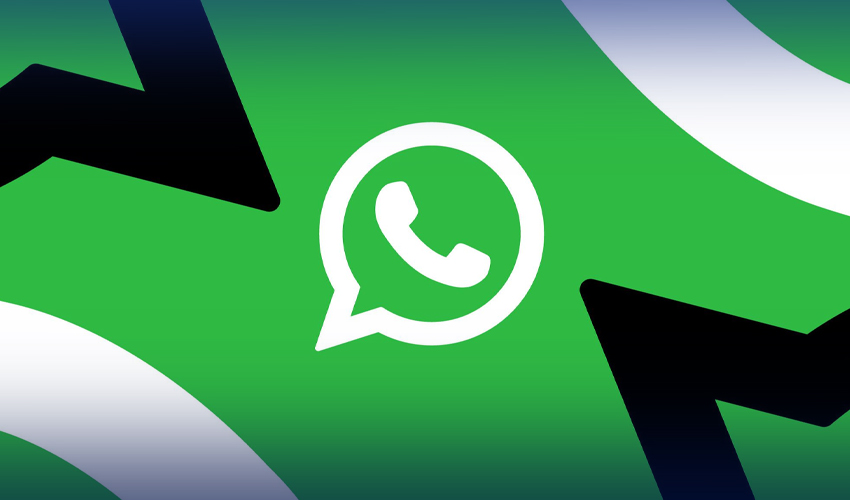Tech
Instagram head confirms Threads to get DM feature soon

Latest News
Australia will prohibit minors under 16 from using social media.
Latest News
Get the most out of WhatsApp’s latest chat-saving feature—here’s how to utilize it.
Latest News
The first wooden satellite in history launches into space.
-

 Entertainment3 days ago
Entertainment3 days agoTuba Anwar discusses the traits of a perfect relationship.
-

 Latest News2 days ago
Latest News2 days agoATC Review Meeting Chaired by CJP: Meeting Evaluations ATC Performance: Handle the Main Issues
-

 Latest News3 days ago
Latest News3 days agoMore than 10,000 students from Pakistan create a huge human flag, setting a new world record.
-

 Latest News3 days ago
Latest News3 days agoAurangzeb: The National Economy Is Heading in the Right Direction
-

 Latest News2 days ago
Latest News2 days agoTechnology and Education Are Important: Rapid Technological Developments Are Changing Everybody’s Lives
-

 Latest News3 days ago
Latest News3 days agoTrump is compared to the founder of the PTI by Rana Sanaullah, calls him a liar.
-

 Latest News2 days ago
Latest News2 days agoResolving 9900 Out of 10515 Complaints: Legal Advisor’s Press Briefing
-

 Business3 days ago
Business3 days agoThe PSX 100-Index once again surpasses the 92,000 milestone.






















